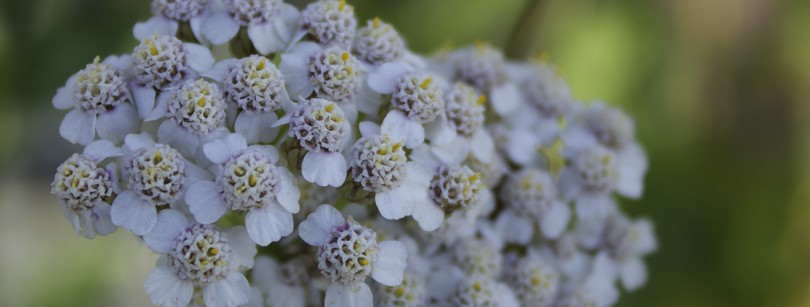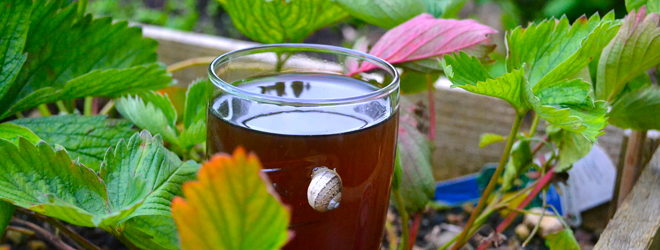This year I’ve decided to let yarrow run wild in my flower border. It’s a good looking brewing ingredient, which I’ve previously only grown in pots for fear of it taking over the garden, but it deserves a more massed coverage than pots can allow so it’ll be released from its ceramic shackles and allowed to run free.
To celebrate its new found freedom, here are a few fascinating yarrow facts…
It’s all Greek to me
Yarrow’s latin name, Achillea millefolium, comes from the Greek god Achilles who would use the plant’s coagulative qualities when applied to a bloody wound, insisting his troops tethered a few leaves to their swords prior to battle.
Sacred eyes
It was also widely used by native American Indians as a pain relief and stimulant; the Chinese as a randomising agent in I Ching divinations; and by Celts to give second sight, allowing them to see future partners in their dreams.
It comes in colours
The most commonly found yarrow in the UK is the white stuff lined up on roadsides in summer, with a yellow variety more often favoured by gardeners. But their are many more varieties all over the world with blooms appearing in a range of reds and pinks.
Brew up
Yarrow was one of the more common bittering flavours for beer before hops took over. We’ll certainly be using our home grown yarrow in a few batches of booze for some extra special beery dreams.
For the birds
Yarrow is a popular choice for some nesting birds, most notably the starling. Not only is it a cosy looking plant for DIY duvet makers, it is believed to contain substances that fend off parasites. Young chicks snuggled up in a nest of yarrow also begin begin dreaming of future partners.
Beware the dangers
If you’re out picking wild yarrow, be careful – it has a similar appearance and habitat to the deadly hemlock. And according to wikipedia, “aqueous extracts of yarrow impaired the sperm production of laboratory rats.” Frustrating for those dreamed about future partners.







